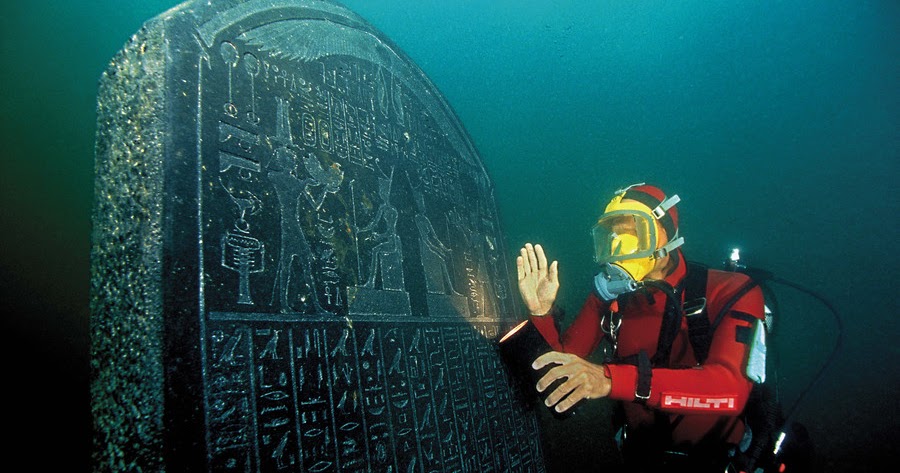There are more historic artifacts under the sea than in all of the world s museums

There are more historic artifacts under the sea than in all of the world’s museums.

When we think of historical artifacts, our minds often go to museums, where carefully curated exhibits showcase the relics of the past. However, it might surprise you to learn that the world’s museums hold only a fraction of the historic artifacts that lie beneath the sea.

The oceans and seas are vast, covering about 71% of the Earth’s surface, and they have witnessed countless civilizations rise and fall throughout history. As civilizations expanded and thrived along coastlines, they left behind a treasure trove of artifacts and relics that now lie hidden on the ocean floor.
From ancient shipwrecks to lost cities, the underwater world is a veritable time capsule waiting to be explored. These submerged artifacts not only provide a glimpse into the past but also offer valuable insights into ancient cultures and societies that might otherwise be lost to time.
One notable example of the wealth of underwater artifacts is Egypt’s Atlantis. Off the coast of Alexandria lies a submerged city that was once a thriving port known as “Heracleion” or “Thonis.” Excavations in this underwater city have revealed a vast array of artifacts, including colossal statues, intricate jewelry, and everyday objects from ancient Egypt.
But why are there more artifacts under the sea than in museums? The answer lies in the challenges of underwater exploration and preservation. Unlike museums, where artifacts can be carefully preserved and displayed, the ocean poses significant obstacles. The corrosive nature of saltwater, the tides, and the pressures of the deep make it difficult to access and retrieve these artifacts.
However, advancements in technology and underwater archaeology have allowed researchers to delve beneath the waves and uncover these hidden treasures. Specialized equipment, such as remotely operated vehicles (ROVs) and sonar scanning devices, aid in locating and documenting submerged artifacts without causing damage to delicate remains.
The underwater exploration has led to remarkable discoveries that rewrite history books. From ancient shipwrecks filled with precious cargoes to submerged temples and forgotten settlements, the oceans hold an untold number of artifacts waiting to be explored.
Exploring these underwater archaeological sites is not only a thrilling adventure but also a race against time. As climate change threatens rising sea levels and increased storm activity, these delicate remnants of the past are at risk of being lost forever. It is imperative that we continue the exploration and preservation efforts to safeguard our shared human heritage.
In conclusion, the statement that there are more historic artifacts under the sea than in all of the world’s museums holds true. The oceans and seas are vast repositories of our collective history, waiting to be uncovered and studied. By delving into these underwater sites, researchers can piece together the puzzle of our past and gain a deeper understanding of the civilizations that came before us.
Source: Clipperton Project - Oceans have more historical artifacts than all museums combined
Related Posts
Quick Links
Legal Stuff

